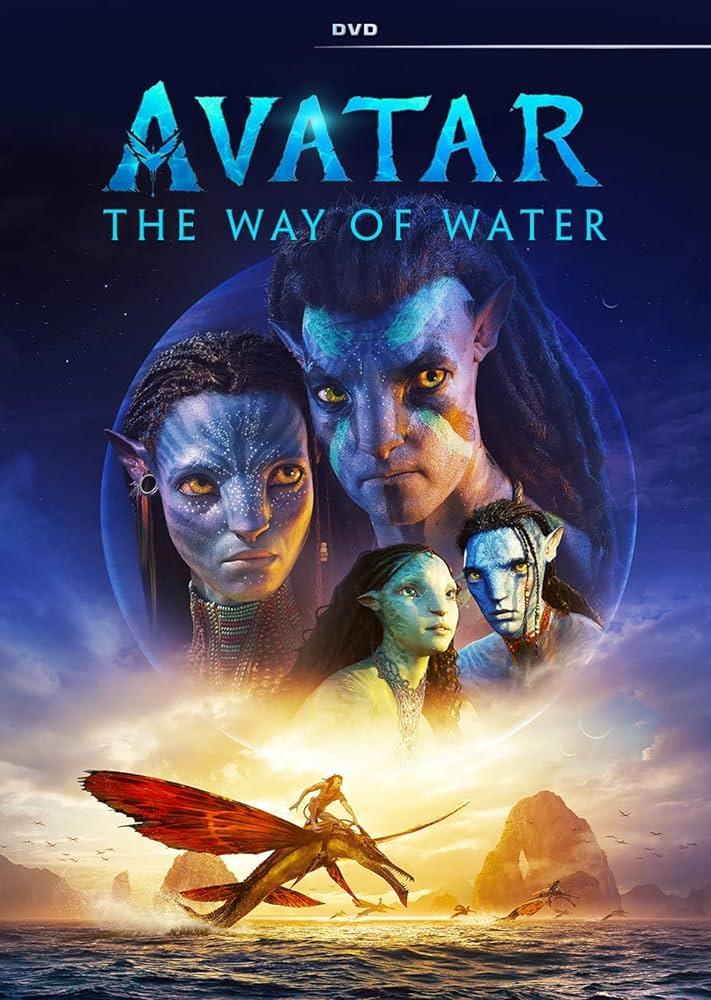In the vast tapestry of cinematic history, few films have managed to capture the imagination quite like James Cameron’s “Avatar.” With its groundbreaking visuals and immersive storytelling, the 2009 epic set a new standard for what cinema could achieve. Fast forward to today, and Cameron has once again invited audiences to return to the enchanting world of Pandora with “Avatar: The Way of Water.” This much-anticipated sequel promises to dive deeper into the oceanic depths of Pandora, exploring uncharted territories and unraveling new layers of its vibrant ecosystem. As we navigate this mesmerizing aquatic adventure, there are five standout elements that not only reinforce Cameron’s visionary prowess but also redefine the boundaries of cinematic artistry. Join us as we explore the facets of “Avatar: The Way of Water” that left us utterly captivated.
Visual Mastery and Cinematic Innovation
James Cameron once again pushes the boundaries of visual storytelling with Avatar: The Way of Water, offering audiences a feast for the eyes that goes beyond traditional filmmaking. The film showcases a harmonious blend of groundbreaking technology and artistic vision, creating an immersive world that feels both surreal and tangible. This visual odyssey is not just about aesthetics; it’s about crafting an experience that draws viewers into the heart of Pandora’s lush landscapes and the depths of its oceans.
- Stunning CGI and VFX: Every frame is a masterpiece, meticulously designed with the finest details that make Pandora come alive.
- Innovative Use of 3D: Cameron redefines 3D cinema, offering a depth and clarity that enhances the narrative rather than distracting from it.
- Seamless Motion Capture: The emotional depth captured in the characters’ performances is a testament to the advanced motion capture techniques employed.
The film’s visual artistry is a testament to Cameron’s dedication to pushing cinematic boundaries. Each scene is a visual symphony, where cutting-edge technology meets the storytelling prowess, setting a new standard for the industry and leaving a lasting impression on its audience.

Immersive World-Building and Cultural Depth
One of the most striking aspects of “Avatar: The Way of Water” is its unparalleled dedication to crafting a universe that feels both boundless and intimate. James Cameron’s vision extends beyond the visual spectacle, diving deep into the rich tapestry of cultures that inhabit Pandora. The Na’vi clans are brought to life with an authenticity that resonates, each with their own unique traditions, languages, and ways of life. This cultural diversity not only enriches the narrative but also serves as a compelling backdrop against which the characters’ stories unfold.
- Intricate Languages: The use of detailed, linguistically sound languages adds layers of realism and engagement.
- Authentic Rituals: The portrayal of ceremonies and traditions gives viewers a sense of participating in an age-old culture.
- Ecological Symbiosis: The Na’vi’s connection with their environment is depicted with a depth that underscores their harmonious existence.
These elements combine to create a world that feels as if it could exist beyond the screen, inviting viewers to lose themselves in its immersive depth. It’s a testament to the power of storytelling that respects and celebrates the complexity of cultural identity.

Character Evolution and Emotional Resonance
The journey of our beloved characters in “Avatar: The Way of Water” brings forth a profound transformation that is both captivating and deeply moving. James Cameron masterfully crafts each character’s evolution, imbuing them with layers of complexity and growth that resonate with the audience on a personal level. Jake Sully and Neytiri are not merely protagonists; they embody the universal struggles of identity, responsibility, and belonging, making their experiences relatable and emotionally impactful.
- Growth and Redemption: Characters who were once defined by their past actions find paths to redemption, allowing audiences to witness their development into wiser, more compassionate beings.
- Interpersonal Dynamics: The intricate relationships and evolving dynamics between characters highlight the importance of family, friendship, and community, echoing the emotional core of the film.
- Empathy and Understanding: Through their trials and triumphs, the characters encourage viewers to embrace empathy and understanding, creating a ripple of emotional resonance that extends beyond the screen.

Environmental Themes and Societal Reflections
The sequel to James Cameron’s epic not only dazzles with its visual splendor but also delves deep into themes that mirror our own world’s environmental challenges and societal dynamics. Avatar: The Way of Water offers a poignant reflection on the interconnectedness of ecosystems and communities, highlighting the fragile balance that sustains both. This narrative thread is woven through the vibrant and lush landscapes of Pandora, serving as a stark reminder of Earth’s own environmental fragility.
- Interconnected Ecosystems: The film beautifully illustrates the symbiosis between the Na’vi and their environment, urging viewers to consider how our actions impact the natural world.
- Resource Exploitation: The storyline challenges the audience to reflect on the consequences of relentless resource extraction, mirroring real-world issues such as deforestation and mining.
Through its breathtaking portrayal of underwater worlds and the cultural reverence for nature, the movie becomes a clarion call for conservation and respect for indigenous wisdom. As we navigate the complexities of climate change and societal evolution, Avatar: The Way of Water serves as both a cautionary tale and a beacon of hope for sustainable coexistence.



